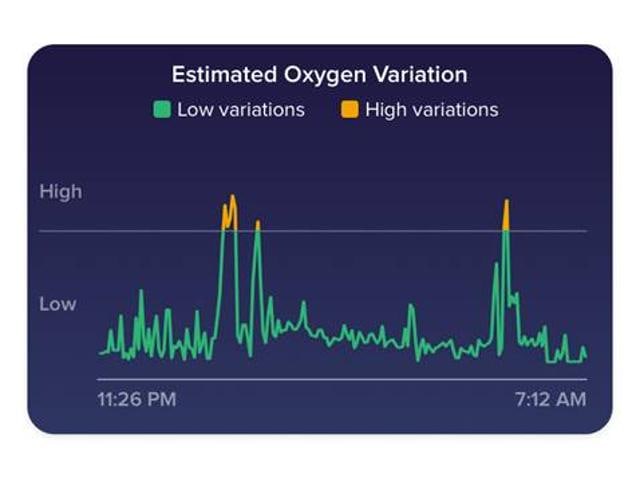Fitbit’s Estimated Oxygen Variation graph is now live
Announced in August last year, this graph is now available to all Charge 3, Ionic, Versa, Versa Lite, and Versa 2 users

Fitbit had announced the addition the Estimated Oxygen Variation graph during their launch event last year in August. The graph began rolling out to a few users in January this year and it has finally been made live to all users on the Charge 3, Ionic, Versa, Versa 2 and Versa Lite.
The Estimated Oxygen Variation graph utilizes the red and infrared sensors that's on the back of the wearable to estimate the variabilities in your blood oxygen levels.
The graph, which you can see in the Fitbit app under the Sleep tile, approximates the changes in your blood oxygen saturation while you sleep.


Blood oxygen saturation measures the percent of your blood that's saturated with oxygen. Typically, it's at 95-100% - meaning the blood is carrying as much oxygen as it can.
If you stop breathing or have other lung issues, the saturation level can fall since less oxygen is entering the body. In general, variations should be low and if you spot frequent and big variations it could be a sign that you may be experiencing breathing disturbances during sleep.
Also Read: Fitbit data can predict flu outbreaks
Breathing disturbances during sleep means that you are possibly suffering from sleep apnea. Sleep apnea is a sleep disorder that occurs when a person's breathing is interrupted during sleep. People with untreated sleep apnea stop breathing repeatedly during their sleep, sometimes hundreds of times. This means the brain - and the rest of the body - may not get enough oxygen.
There can be various causes that lead to sleep apnea including large tonsils, a large tongue or a small jaw bone and even nasal obstruction due to a deviated septum, allergies or sinus problems.
While this is not serious at a nascent stage, if left untreated it can result in high blood pressure, stroke, heart failure, irregular heart beats and heart attacks, diabetes, depression, worsening of ADHD and headaches.
Also Read: Google's Fitbit wearables get SpO2 feature before Apple Watch, here's what it does
Catch all the Latest Tech News, Mobile News, Laptop News, Gaming news, Wearables News , How To News, also keep up with us on Whatsapp channel,Twitter, Facebook, Google News, and Instagram. For our latest videos, subscribe to our YouTube channel.


























